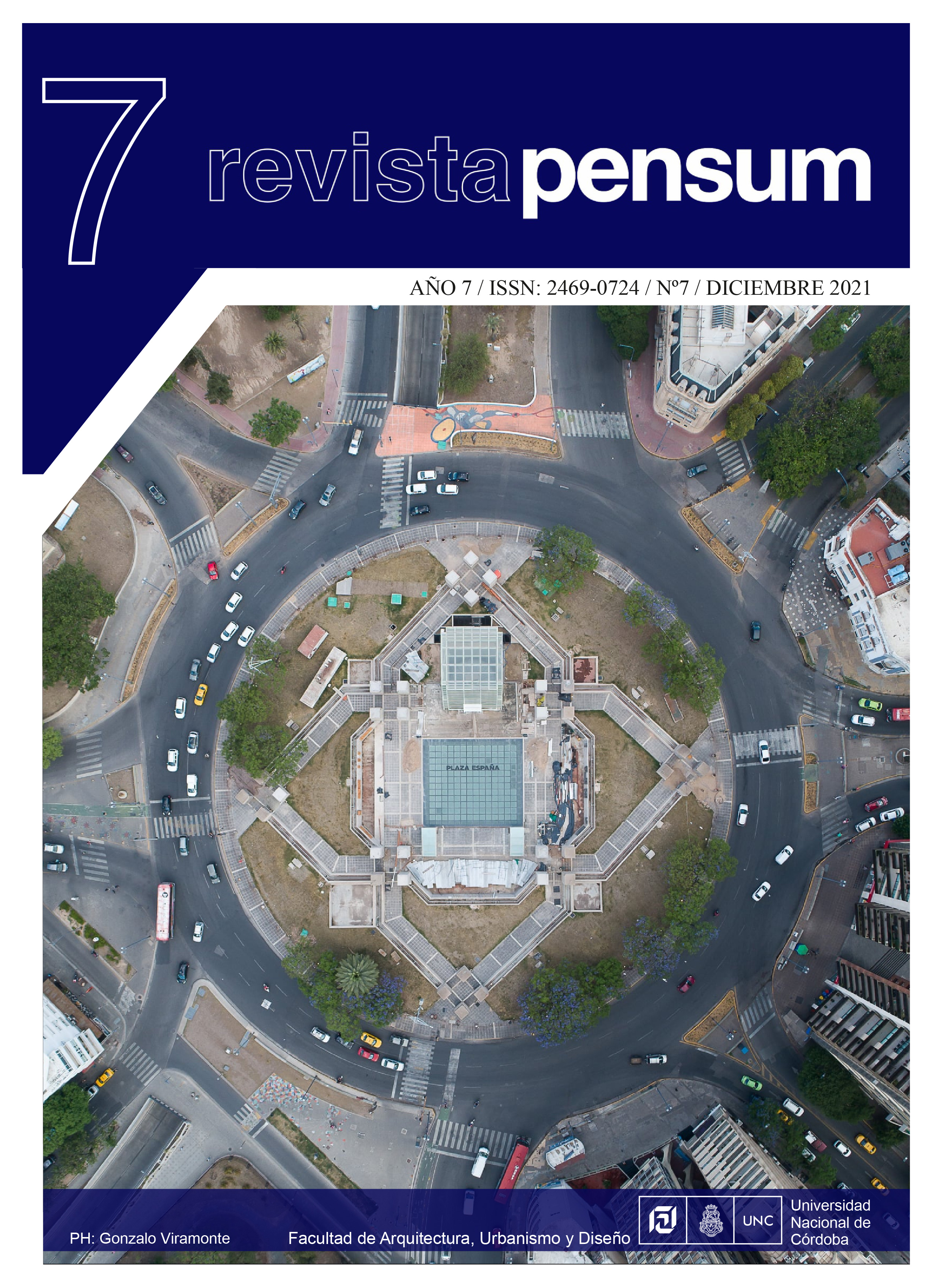Kinematics and cymatics in the architectural form generation.
DOI:
https://doi.org/10.59047/2469.0724.v7.n7.32587Keywords:
architectural morphology, geometric order, Crossdisciplinarity, Kinematics, cymatics, Architectural morphology, Geometric order, Crossdisciplinarity, Kinematics, CymaticsAbstract
This article is part of the ongoing research work "Geometric orders and Crossdisciplinarity in the generation of contemporary architectural form" which aims to integrate knowledge and methods from various disciplines, to specify strategies that contribute to the teaching of architectural morphology, specifically to the generation of geometric order from the perspectives and approaches of other disciplines. The methodology is based on the identification of principles of order, laws and patterns with potential capacity for systematization, transfer and application in the generation of architectural form.
Regarding the disciplinary field of morphology, Doberti describes the relationship between form and interdiscipline, and states that: "The First Morphology deals with the logic of Conformation, focuses on it and only attends to the steps necessary to reach Form"(2008, p. 108)and also states that: "The form is the generator of disciplines and enables interdiscipline, as well as enables the penetration of limits" (2008, p. 109).
In this case, inquiries into kinematics and cymatics converge to be later transferred; which can be characterized as follows: On the one hand, kinematics, framed in mechanics, and in turn a branch of physics, which participates as a general discipline and focuses on the particular study of the trajectories of movement of bodies in space, without attending to the forces that affect it produce. On the other hand, cymatics, contained by acoustics and physics, which studies the visual representations of sound waves and periodic vibration phenomena on matter.
References
Di Castri, F.y Hadley, M. (1986). Enhancing the credibility of ecology: Is interdisciplinary research for land use planning useful. Geo Journal, (13), 299-325.
Lega Lladós, F. (2015). Creación sonora sobre fluidos. Research Art Creation.
Jenny, H. (2001). CYMATICS. A Study of Wave Phenomena and Vibration. Macromedia.
Nicolescu, B. (1996). La Transdisciplinariedad. Manifiesto. Edición 7 Saberes.
Martineau, J. (2014). Quadrivium: Las cuatro artes liberales clásicas. ― (2014). Sciencia: Matemáticas, Física, Química, Biología y Astronomía. ― (2016). Designa: Los secretos técnicos de las artes visuales tradicionales. ― (2016). Geomancia: Dragones, feng shui, líneas ley, radiestesia y misterios de la tierra. ― (2016). Trivium: Las artes liberales clásicas de gramática, lógica, retórica. ― (2019). Megalitos: Estudios en piedra. Librero.
Moreno de Redrojo de la Peña, A. (1998). Movimiento, mecánica y arte: momentos posibles para un arte cinético. Universidad de La Laguna.
Macagno, E. (1991). Leonardian Fluid Mechanics I- History of Kinematics Ii - Inception of Modern Kinematics. Monograph No. 112. Iowa Institute of Hydraulic Research the University.
Downloads
Published
Issue
Section
License
Copyright (c) 2021 Alvaro Coria, Silvina Barraud, Carlos Merlo

This work is licensed under a Creative Commons Attribution-ShareAlike 4.0 International License.
Authors who publish in this journal agree to the following terms:
a. Authors retain copyright and guarantee to the journal the right to be the first publication of the work as well as licensed under a Creative Commons Attribution-ShareAlike 4 license.
b. Authors may separately establish additional agreements for non-exclusive distribution of the version of the work published in the journal (e.g., placing it in an institutional repository or publishing it in a book), with an acknowledgement of its initial publication in this journal.
c. Authors are permitted and encouraged to disseminate their work electronically (e.g., in institutional repositories or on their own website) before and during the submission process, as this may result in productive exchanges, as well as earlier and greater citation of published work (See The Effect of Open Access).
d. 4.0 International Creative Commons Attribution-ShareAlike 4.0 License.












